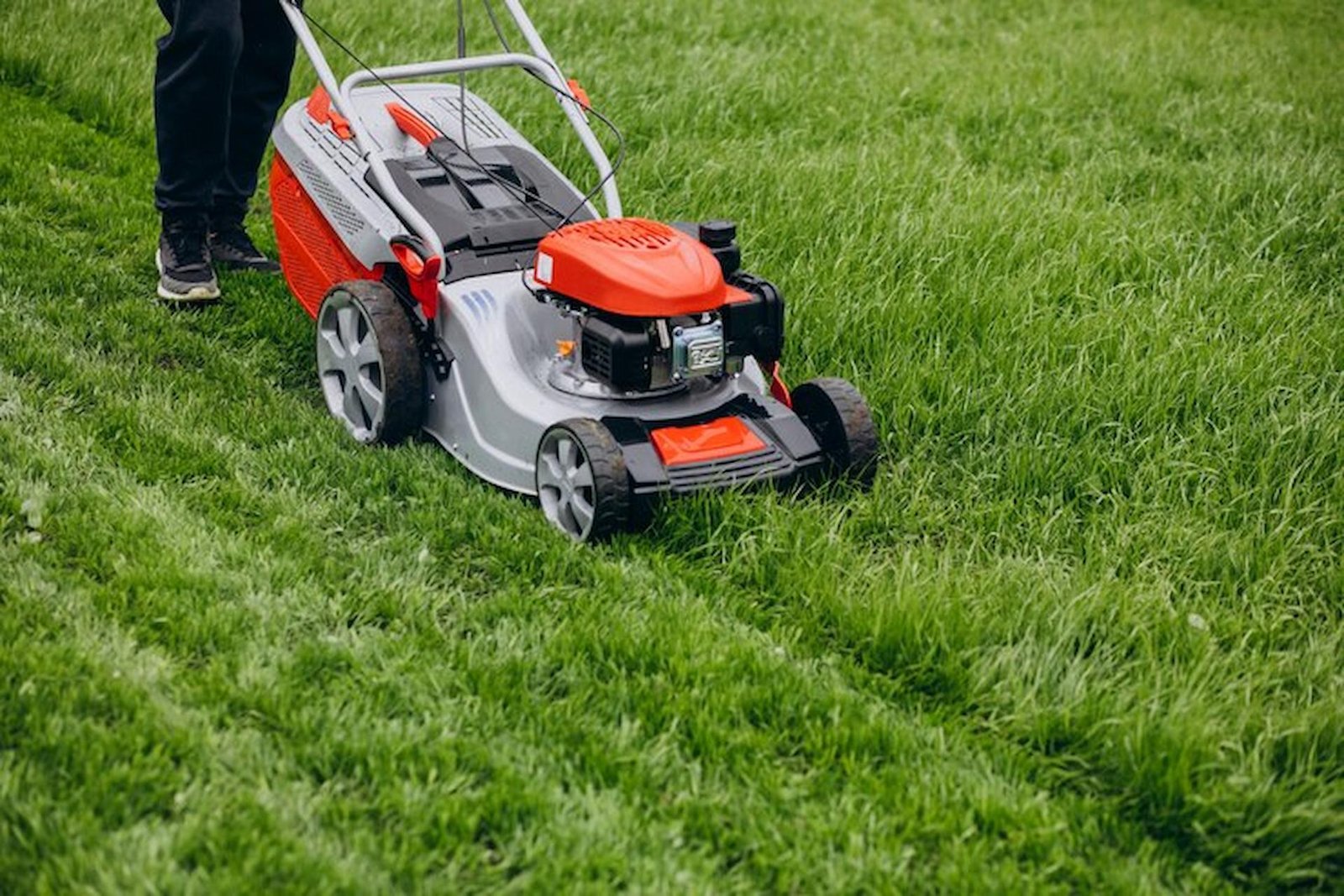
Discover the secrets to lush, healthy grass with our comprehensive guide to lawn aeration. From techniques to timing, master the art of nurturing your lawn with expert tips and insights.
A lush, green lawn is the pride of any homeowner, but achieving and maintaining it requires more than regular mowing and watering. Lawn aeration is a crucial yet often overlooked practice that can transform the health and vibrancy of your turf. In this deep dive into lawn aeration, we explore its importance, various techniques, and the ideal timing to ensure your lawn remains the envy of the neighbourhood.
Understanding Lawn Aeration
Lawn aeration involves perforating the soil with small holes, allowing air, water, and nutrients to penetrate the grass roots. Over time, the soil beneath your lawn can become compacted due to foot traffic, heavy machinery, or the natural settling process. Compacted soil restricts the movement of air, water, and nutrients, leading to stunted grass growth and increased susceptibility to disease. Aeration breaks up this compaction, promoting healthier root systems and turf vigor.
Reasons to Aerate Your Lawn
There are several compelling reasons to incorporate lawn aeration into your lawn care routine. Firstly, it improves soil structure, enhancing the ability of roots to access essential nutrients and water. This, in turn, promotes more profound root growth and denser turf. Aeration also helps reduce thatch buildup—a layer of dead grass, roots, and debris that can suffocate the lawn if it becomes too thick. Aeration mitigates thatch accumulation by allowing better air circulation and water absorption, preventing problems like lawn diseases and insect infestations.
Signs Your Lawn Needs Aeration
Identifying when your lawn needs aeration is crucial for maintaining its health. Look for signs such as water pooling on the surface after rain or irrigation, which indicates poor water absorption due to compacted soil. Compacted soil is likely if your lawn sees heavy use, whether from pets, children, or frequent entertaining. Additionally, if your grass appears thin, patchy, or struggles to grow despite adequate care, it might be suffering from restricted root development caused by compacted soil. Regularly assessing these indicators ensures timely aeration, preventing more severe lawn problems down the road.
Techniques of Lawn Aeration
Two primary techniques are used for lawn aeration: core and spike aeration. Core aeration involves removing small plugs or cores of soil from the lawn, which are left on the surface to break down naturally. This method is highly effective at relieving soil compaction and is recommended for most lawns. On the other hand, spike aeration uses spikes or tines to puncture the soil without removing cores. While spike aeration is less invasive and can be done more frequently, it does not provide the same level of soil loosening and compaction relief as core aeration. Choosing the right technique depends on the specific needs of your lawn and the extent of soil compaction.
Best Times to Aerate Your Lawn
Timing is crucial when it comes to lawn aeration. The ideal periods for aerating cool-season grasses like fescue, bluegrass, and ryegrass are early fall and early spring. These times coincide with periods of active growth and optimal weather conditions, ensuring that the grass can recover quickly from the aeration process. For warm-season grasses such as Bermuda, zoysia, and St. Augustine, late spring to early summer is the best time for aeration. Avoid aerating during the dormant summer or winter periods when grass growth is minimal, as it may stress the turf and hinder recovery.
Preparation Before Aeration
Proper preparation can maximise the effectiveness of lawn aeration. Begin by watering your lawn thoroughly a day or two before aeration to soften the soil and facilitate easier penetration of aerating equipment. Mark any sprinkler heads, shallow utility lines, or other obstacles to avoid damaging them during the aeration process. If necessary, mow your grass slightly shorter than usual to allow better access for the aerator. Taking these steps ensures that aeration proceeds smoothly and minimises any potential disruptions to your lawn.
Aftercare Following Aeration
Post-aeration care plays a crucial role in ensuring optimal results. Immediately after aerating, leave the soil cores on the lawn to break down naturally and return nutrients to the soil. Keep foot traffic to a minimum for a few weeks to allow the grass to recover fully. Depending on the condition of your lawn, consider overseeding immediately after aeration to introduce new grass seed into the soil cores, promoting thicker turf growth. Continue regular watering and fertilisation as recommended for your grass type to support healthy recovery and long-term growth.
Hiring Professional Lawn Aeration Services
While some homeowners may opt for DIY lawn aeration, hiring professional services can offer several advantages. Experienced lawn care professionals can access specialised equipment that ensures thorough and effective aeration. They can also assess your lawn’s specific needs and recommend the appropriate aeration technique and timing for optimal results. Professional services save you time and effort while providing expertise that enhances your lawn’s overall health and appearance.
Conclusion
Lawn aeration is more than just a maintenance task—it’s a fundamental practice that can rejuvenate your lawn and elevate its health to new heights. By understanding the reasons, techniques, and ideal timing for aeration, you empower yourself to nurture vibrant, resilient turf that enhances your home’s curb appeal and environmental sustainability. Whether you choose to aerate your lawn yourself or enlist professional help, the benefits of this simple yet effective practice are undeniable.




Lawn aeration is crucial for maintaining a healthy and lush green turf, especially during peak growing seasons. By perforating the soil with small holes, aeration facilitates better air circulation, water penetration, and nutrient absorption for the grassroots. This process helps alleviate soil compaction, which often occurs due to foot traffic or heavy equipment, allowing roots to grow deeper and stronger. Ideally timed in early spring or fall, when the grass is actively growing, aeration promotes overall lawn vigor and resilience against drought and disease. Incorporating this simple yet effective technique into your lawn care regimen can significantly enhance its long-term health and appearance.